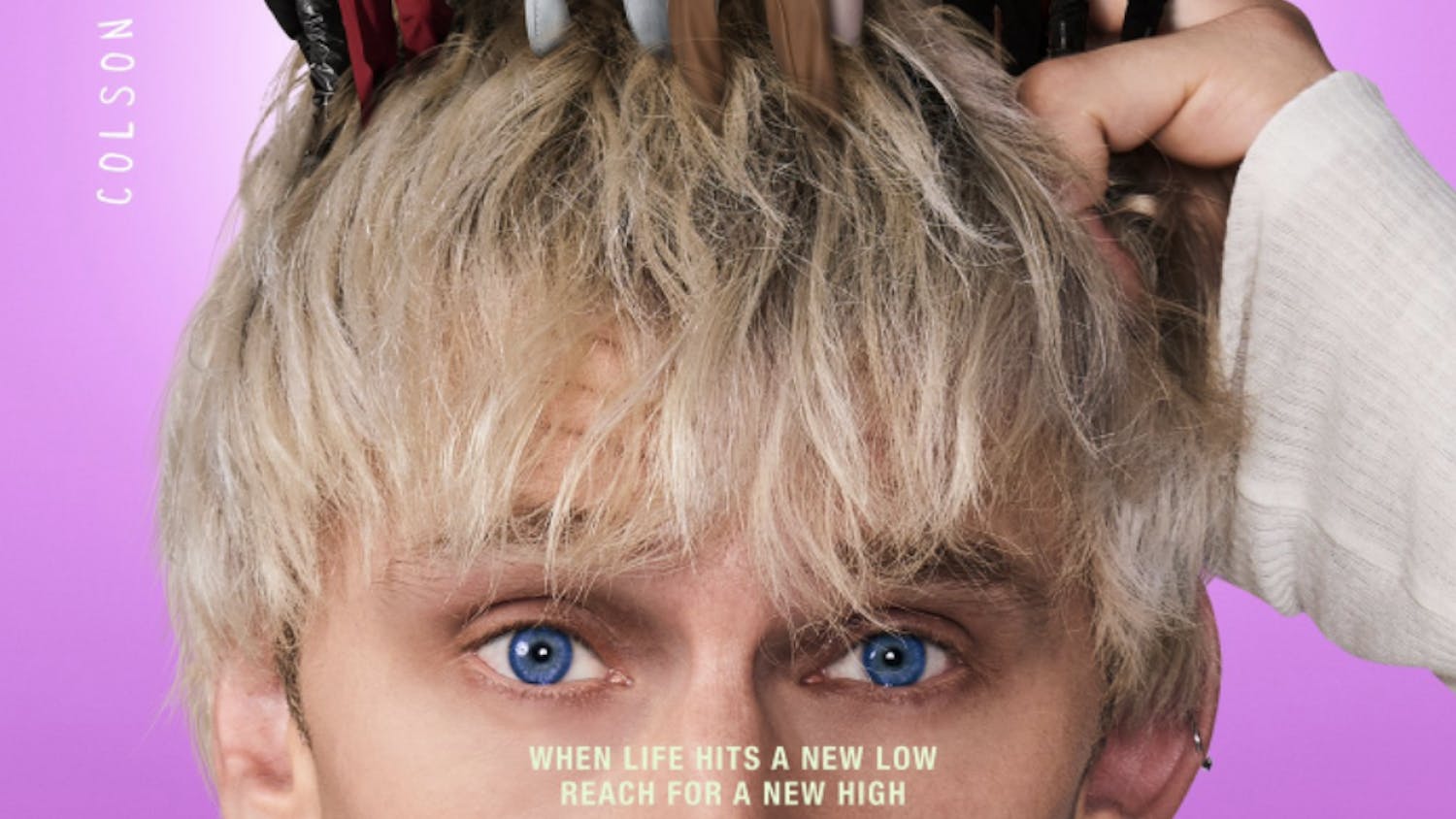Netflix originals often fail to land with a majority of watchers, especially those who are quality film connoisseurs. They typically are a mindless watch, with few leaving an impact extending beyond the run-time of the movie. However, romantic dramedy "Look Both Ways," directed by Wanuri Kahiu and written by April Prosser leaves viewers with a profound message and endless questions viewers can ask themselves, especially those who are in their 20s and beginning to enter adulthood.
"Riverdale” actress Lili Reinhart plays Natalie Bennett, an ambitious soon-to-be college graduate and hopeful Hollywood animator who is quite literally obsessed with sticking to an entrenched five-year plan. On the night of graduation eve, Natalie falls physically sick at a party and is faced with the possibility that it’s either due to a bad batch of gas station sushi, or that she is pregnant with her best friend/one-night-stand’s child.
Like many films that explore alternate realities and delve into the popularity that is the multiverse, “Look Both Ways" depicts two versions of the heroine’s life: one in which she has to upend her agenda and stay in her home state of Texas, and one in which she embarks on a journey to check off the boxes that make up her five-year plan in Los Angeles.
The juxtaposition of two vastly different storylines is at first a little jolting for viewers. Questions of what is going on and which scenario is actually reality, arise throughout the exposition and rising action. Many may find themselves asking how they can feel connected to the characters and storylines when it appears there isn’t enough time to give each supporting character and storyline the time they deserve.
Throughout, it becomes clear though, that this is Natalie’s story, and that the only real character viewers need to resonate with, is her.
As her life unfolds in different forms and alongside different people, those she is meant to meet or in some cases, find her way back to, always occurs when the timing is right, even if the protagonist can’t see or feel that it is at the time.
The film also presents the theory that there is no correct way to do life. Although it appeared that Natalie receiving a negative test versus a positive one was the answer she was looking for, and the result that would leave her most fulfilled, the sequence of events that followed that life changing moment proved otherwise.
In both realities, Natalie encounters trials and tribulations, and instances of triumph. Neither version of Natalie was always satisfied or content with the way life was going, and both versions of this 20-something-year-old had to figure that out through failing.
Between career barriers in both storylines and romantic challenges with the father of her child, Gabe (Danny Ramirez) in one scenario, and problems with new LA love interest Jake (David Corenswet) in the other; the adversities Natalie faced, proved relationships are work amongst a number of other life aspects.
The plot seems cliche, but the depiction of the film offers a new take on the common theme that every life choice, small or large, can change the course of life’s entirety.
Many viewers may ask which version of Natalie’s life was the one she actually lived, but (spoiler alert) the ending doesn’t leave watchers with a definitive answer -- similar to how there is no definitive answer to life.
The most important part is that this film has not one happy ending, but two.
It’s an element watchers will either appreciate, or hate. But nonetheless, it can’t be argued that the ambiguity served as a metaphor that no matter what, everything will be okay -- a reminder everyone, especially all of those current college seniors, need every once in a while.






